Anyone can take up space, but not everyone knows how to utilize it. An artist’s presence hinges on how they situate themselves amid a blank expanse, which is precisely what made Jack and Meg White such a force. The two-piece’s steady proximity to nothingness made every sound they produced far more effective than that of their contemporaries with at least twice as much going on.
When The White Stripes‘ self-titled debut in 1999 didn’t turn quite as many heads as they had hoped, they decided to scale back their approach even further. Despite patching together their first bundle of songs in a studio, they set up what was still a very small business inside Jack’s living room at 1203 Ferdinand Street in Detroit. Put down entirely on an 8-track TASCAM analog recorder, the 13 songs that constitute their second LP are the fruit of operating within margins. Just months after the couple finalized their divorce, they unveiled De Stijl in the summer of 2000. Slower per square foot compared to their eponymous launch the year prior, the tracklist turned out a lot more thunderous.
The album’s primary focus is on the fundamentals necessary to construct a sturdy song, with very little time spent on decor (in this case, lyrics and perfectionist post-production) to make the collective unit seem prettier than its unyielding foundation. Sure enough, its modest architecture is akin to the 20th century art movement it is named after and loosely modeled on.
“Jack had the vision of De Stijl and then recorded within that framework,” official White Stripes archivist Ben Blackwell said about the project. “Trying to distill their music. Distill / De Stijl — that might not have been intentional on his end, but that’s how I view it. The Dutch art movement of De Stijl was trying to synthesize down to the simplest, most unornamental figures and colors; just primary colors and right angles, and making art out of that. I think Jack took inspiration from that.”
Given the meticulous spacing between each of the album’s components, the guitars and percussion and piano and violins on De Stijl never come in the way of one another. Even though the quality is at times muddy (and delightfully so), there’s a defined clarity to each cut from the very jump.
Aside from its facetiously clever title, “You’re Pretty Good Looking (For a Girl)” leans in to the bare rudiments of songwriting. The chuggy chords and childlike drums padding Jack’s vocals also highlight the short distance between a vision and its realization. S0 many songs are reminders that music is for everyone to not only listen but also make.
For those easily seduced by pyrotechnic extravagance, Meg’s drumming might seem infantile; to self-starters, she’s among the greatest in the world because she perfected her role. The Beatles would not have been the same with Keith Moon hacking away at “Ticket to Ride,” and that is exactly why her rim-click drum solos on “Hello Operator” epitomize the duo’s less-is-more philosophy — the anthesis to self-indulgent, prick-wave rock ‘n’ roll machismo. Looking back, joints like these are what made it tough for so many listeners during the Aughts to resist picking up a guitar or a pair of drum sticks and getting involved.
“When ideas become too complicated, and the pursuit of perfection is misconstrued as a need for excess,” the album notes for De Stijl‘s 20th-anniversary vinyl reissue read. “When there is so much involved that individual components cannot be discerned. When it is hard to break the rules of excess, then new rules need to be established. It descends back to the beginning, where the construction of things visual or aural is too uncomplicated to not be beautiful […] Even if the goal of achieving beauty from simplicity is aesthetically less exciting, it may force the mind to acknowledge the simple components that make the complicated beautiful.”
Minimal though it may be, the record has its share of “full” moments as well. Arguably the finest of their “Little” series (each album by The White Stripes has a composition that begins with said word), “Little Bird” features some of Jack’s finest blues-rock guitar work. Just 30 seconds in, he goes off on tangent reminiscent of Jimmy Page‘s cadence on Led Zeppelin‘s “In My Time Of Dying;” further down on the same track, his rapid strum acceleration followed by a controlled break calls back to the pulse of “The Song Remains the Same.” Whether or not any of this was intentional is still unclear, though his admiration for the English quartet is no secret. He has previously stated, “I sort of don’t trust anybody who doesn’t like Led Zeppelin.” Moreover, when Meg first heard “I’m Bound to Pack It Up,” she even told Jack, “Are you sure you want to put this on the album? It sounds a lot like Led Zeppelin.” Of course, it made the cut.
Jack White’s work with The White Stripes and beyond has always been derivative to a certain extent, since honoring the trailblazers of roots music is a core value of his artistry. Yet, his execution has been consistently reinvigorating rather than reductive. In reimagining antiques such as “Death Letter” and “Your Southern Can Is Mine,” the twosome also elevated the brilliance of Blind Willie McTell (who De Stijl is dedicated to) and Son House to mainstream consciousness. As Jack and Meg’s reach began extending past Detroit’s city limits, so did the names of the many unsung heroes who positioned them for success.
Paced with the utmost care, the album’s sequencing is remarkable. All 13 songs were arranged so as to give those at the receiving end a healthy taste of the many forms The White Stripes took on. The attentive placements make room for sweet-and-sour folk pieces like “Apple Blossom” to co-exist in puzzling harmony with the scruffy lethargy of “Sister, Do You Know My Name?,” “Truth Doesn’t Make a Noise,” and “A Boy’s Best Friend.” However, noisier bits such as “Let’s Build A Home,” “Jumble, Jumble,” and “Why Can’t You Be Nicer To Me?” are more in tune with their first LP, most likely because they were conceived around the same time but saved for later in the hope of circumventing the sophomore slump.
Dirty, tattered, and confrontational in the most endearing ways, this sleeper hit was the beginning of something that continued even after the duo’s dissolution in 2011. “That’s pretty amazing, a two-piece band from Detroit to get some sort of attention like that,” Jack said about their proliferating success back in 2001. “I don’t think it’s ever going to be big, like we’re going to be playing arenas or anything like that — it just couldn’t, you just can’t. We don’t write songs that are going to be, you know, Top 40 hits.”
The quintessence of The White Stripes’ DIY entrepreneurship, De Stijl remains one of the most inspirational batch of songs for non-musicians who aspire to write and perform. Seemingly inches away from collapse at all times regardless of its rigid build, the record confirms year after year that taste, imagination, and a proclivity for adventure alway trump virtuosity and technical bravado.
Even though swimming upstream has always been Jack’s modus operandi, what made his partnership with Meg so special was how they repeatedly demonstrated that the blueprint in itself can be sufficient if packaged the right way. Few artists have blurred the lines between a first and final draft with the same conviction as The White Stripes, making De Stijl the ultimate triumph for uninhibited innovation.

 3 weeks ago
11
3 weeks ago
11

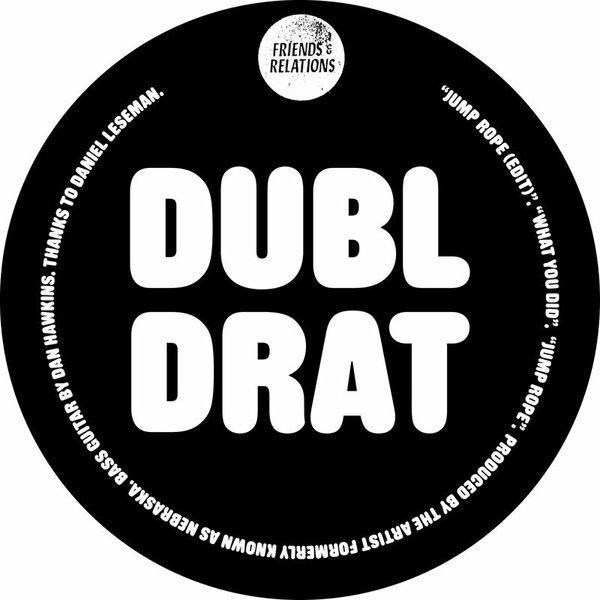
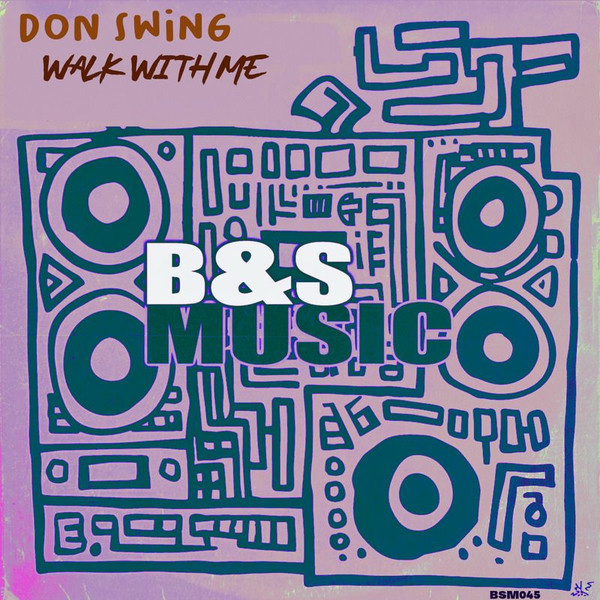

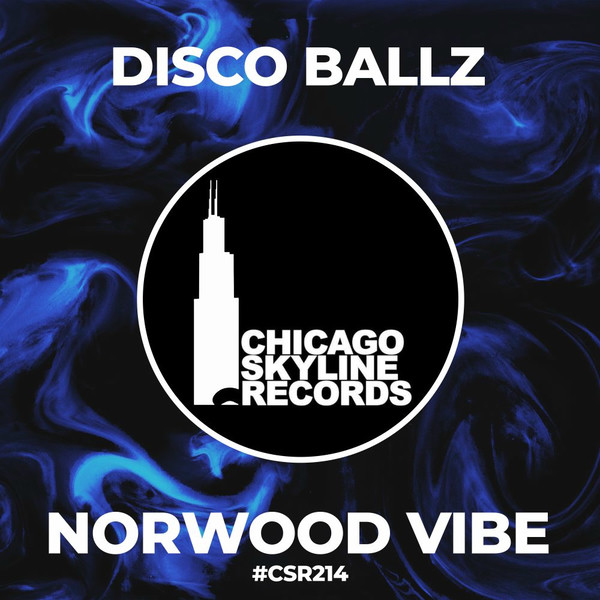
![Deej [TGS] – Come On! EP on 4th Set Records](https://essentialhouse.club/wp-content/uploads/2025/07/123417.jpg)
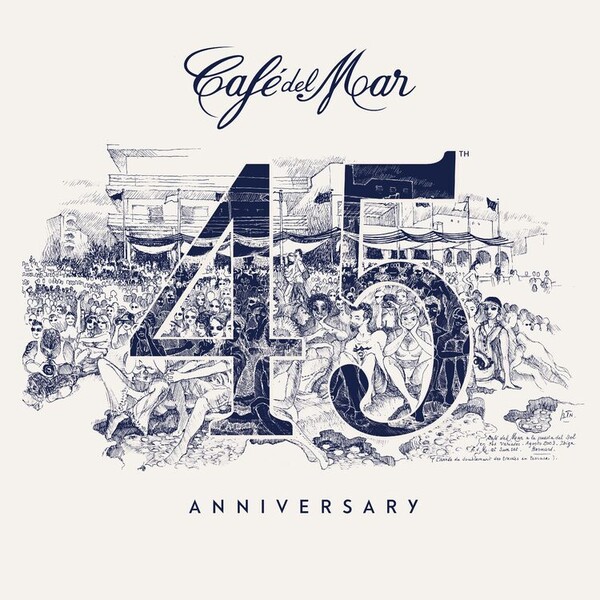









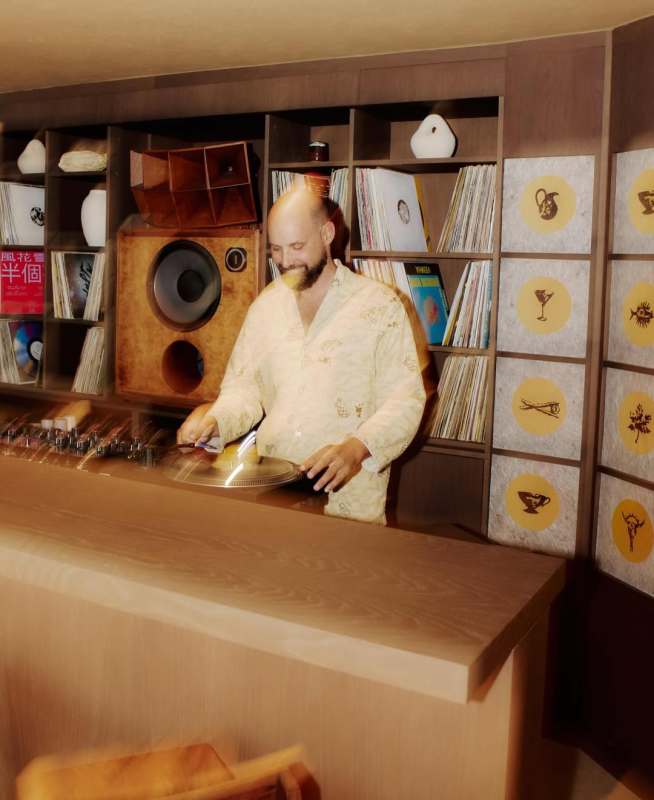

 English (US) ·
English (US) ·